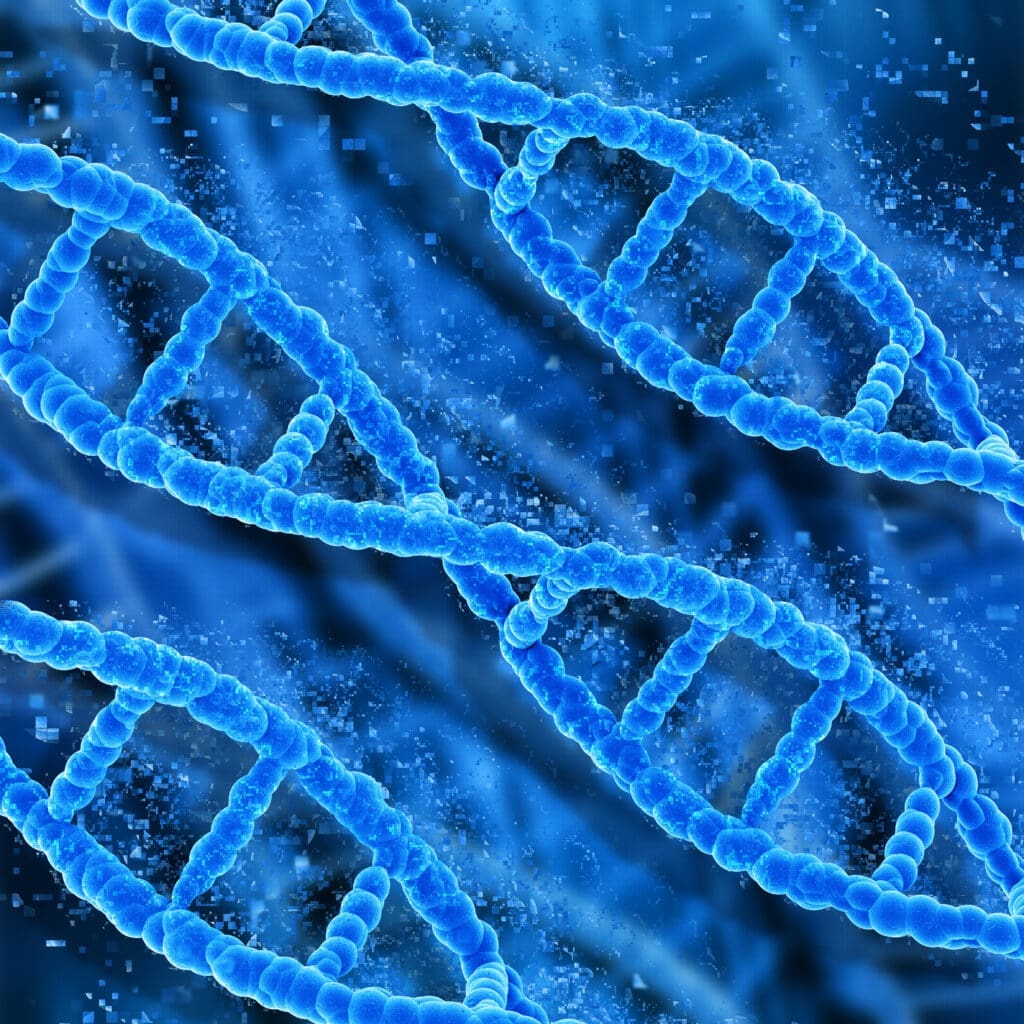AI at expert level: New model detects M-proteins in serum protein electrophoresis
Today, Dr. Dr. Armin Piehler, Head of Classical Hematology at the MLL Munich Leukemia Laboratory, receives the Digital Laboratory Award of the German Society for Clinical Chemistry and Laboratory Medicine (DGKL) at the MedLab Awards in Leipzig. The prize, which is endowed with 15,000 euros and is awarded jointly to Piehler and Dr. Yadwinder Kaur , recognizes Piehler’s groundbreaking work on AI-assisted detection of monoclonal proteins (M-proteins) in serum protein electrophoresis (SPE). The award takes place in the Salle de Pologne and highlights innovative digital solutions that make laboratories more efficient and compensate for staff shortages.
The award-winning publication “Expert-level detection of M-proteins in serum protein electrophoresis using machine learning”, published in June 2024 in the journal Clinical Chemistry and Laboratory Medicine (Clin Chem Lab Med. 2024 Jun 17; 62(12):2498-2506), presents five machine learning (ML) models that automatically detect M proteins in SPE. Based on a unique dataset of 69,722 serum samples from Norway ã the largest and best curated of its kind to date ã Piehler and his international team trained algorithms such as Random Forest Classifier (RFC), Extremely Randomized Trees Classifier (ETC), AdaBoost Classifier (ABC), Gradient Boosting Classifier (GBC) and a Convolutional Neural Network (CNN).
SPE, combined with immunotyping (IMT), is the gold standard for detecting M proteins that indicate diseases such as multiple myeloma. However, manual evaluation is subjective, time-consuming and error-prone. Piehler’s RFC model outperforms experienced laboratory experts (n=10, average 17.4 years of experience): On a test set of 1,000 samples, it achieved an F1 score of 93.2%, accuracy of 99.1%, sensitivity of 89.9% and specificity of 99.8%, compared to the experts (F1 score 61.2%, accuracy 89.2%). The model is transparent ã not a “black box” ã and requires minimal computing power, which enables seamless integration into everyday laboratory work. It processes thousands of SPEs in seconds, reduces variability and supports decisions before expensive follow-up tests such as IMT.

The study addresses the growing conflict in laboratories: Increasing sample numbers due to a shortage of skilled workers. Through automated, consistent analysis, the tool could free up resources and improve diagnostics, especially in medium to high-throughput facilities. Piehler emphasizes in his application: “Our results can close the gap created by the increasing number of samples and staff shortages.”
As a sequel, Piehler developed another AI model to predict thalassemia based on routine blood count parameters. This abstract (ID: 82330) was submitted to the DGKL Conference 2025 and describes an eXtreme gradient boosting (XGB) and logistics regression model trained on multicenter data (including 2,629 Spanish samples). It achieves AUROC scores of up to 0.98 for öÝ0-thalassemia and 0.95 for differentiation of thalassemia and iron deficiency anemia. In routine use for over a year, it has analyzed more than 700,000 blood counts and enables early genetic counseling.
Piehler’s work underscores the potential of AI in laboratory medicine: from automation to precision diagnostics. Experts see this as a milestone for digital transformation that increases patient safety and reduces costs. The full publication is available at PMC11470231.
Further information:
Editor: X-Press Journalistenbû¥ro GbR
Gender Notice. The personal designations used in this text always refer equally to female, male and diverse persons. Double/triple naming and gendered designations are used for better readability. ected.




